Labor & Economy
Workplace Rule: Smile or Else

Most of us have been on both sides of it — receiving a coffee or sandwich from an employee who seems just a little too happy to serve you, or being forced to beam a smile at a rude customer who views you as merely an annoying obstacle in his busy day. The term for this coerced sunniness is “emotional labor,” as first defined by sociologist Arlie Russell Hochschild in 1983.
Hochschild coined the term “emotional labor” in her 1983 book, The Managed Heart: Commercialization of Human Feeling, where she described it as ”management of feeling to create a publicly observable facial and bodily display … sold for a wage.”
Midwives, psychologists and funeral home directors are expected to calm the seas of their clients’ moods, and affluent visitors of high-end boutiques and restaurants pay a healthy premium to be coddled by their employees — but should workers making little more than minimum wage be forced to smile or be fired?
The idea of emotional labor has entered the discussion recently due to some over-the-top examples of employers requiring low-wage workers to go far beyond the call of duty, emotionally. Starbucks used its massive and mostly unorganized fleet of Washington, DC baristas to deliver a glib, handwritten “come together” on every to-go cup during the heady days of the debt crisis. And last fall, a disgruntled employee of UK-based artisanal sandwich outlet Pret a Manger blew the roof off a policy measuring 50 emotional behavior metrics on which employees are judged.
The Daily Mail reports on the exacting system:
If staff at a Pret branch get a positive report after a visit from a mystery shopper, the whole team gets a bonus. But should the visitor encounter an employee who is insufficiently ‘enthusiastic’, or worse, ‘bad-tempered’, everybody misses out.
Forcing friendliness out of retail employees is nothing new, but what is curious about these two higher profile cases is what the benign smiles of workers are meant to hide. Labor practices at Pret a Manger came to light last year, when an employee allegedly fired for homophobic behavior appealed, stating that he had actually been fired for trying to form a union with co-workers. Starbucks has also been historically anti-union (though a few locations have managed to negotiate union contracts due to their placement within unionized grocery stores or convention centers). In 2009, the NLRB ruled that Starbucks illegally fired employees heading an IWW organizing campaign (the case is now scheduled to be tried by the Supreme Court).
Minimizing grumpiness — or just the ability to react to one’s working environment accordingly — necessarily makes organizing for change more difficult. Changes come out of justly complaining about workplace issues and coming together to make a difference, and until all workplaces are fair and just, no amount of suppression will keep that from happening.
(This post first appeared on Unionosity and is republished with permission.)

-
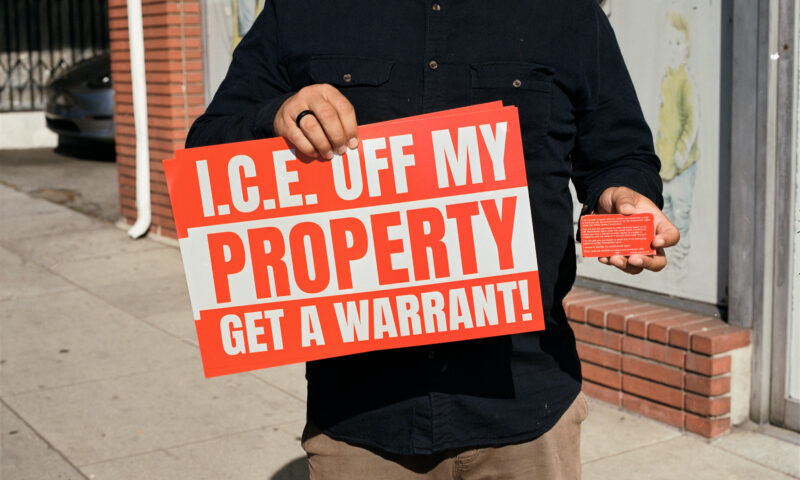
 Latest NewsNovember 19, 2025
Latest NewsNovember 19, 2025How Employers and Labor Groups Are Trying to Protect Workers From ICE
-

 Latest NewsNovember 18, 2025
Latest NewsNovember 18, 2025Future of Special Education at Risk, Teachers Say, as Trump Moves to Cut Staff and Programs
-
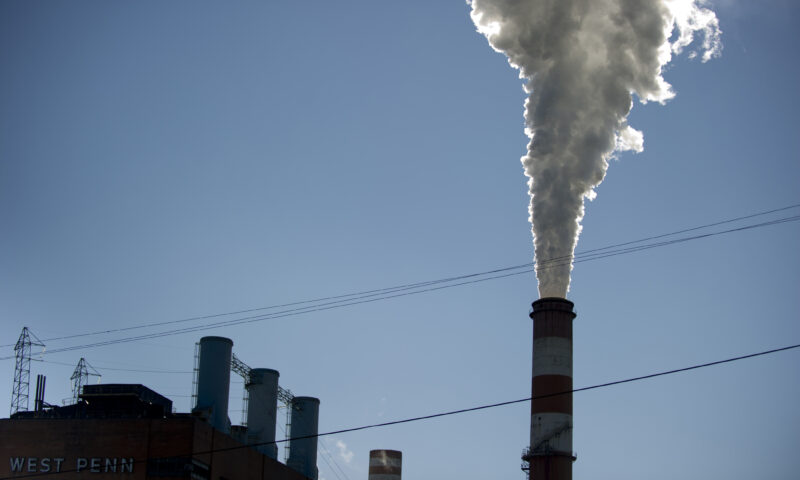
 The SlickNovember 18, 2025
The SlickNovember 18, 2025After Years of Sparring, Gov. Shapiro Abandons Pennsylvania’s Landmark Climate Initiative
-

 Latest NewsNovember 17, 2025
Latest NewsNovember 17, 2025In South L.A., Black and Latino Neighbors Unite Against ICE as Systems Fail
-
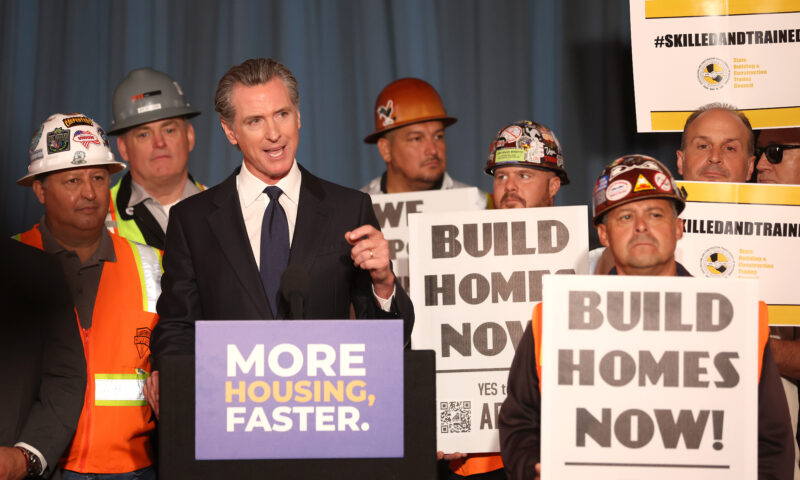
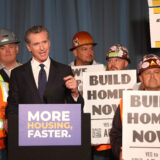 Column - State of InequalityNovember 21, 2025
Column - State of InequalityNovember 21, 2025Seven Years Into Gov. Newsom’s Tenure, California’s Housing Crisis Remains Unsolved
-
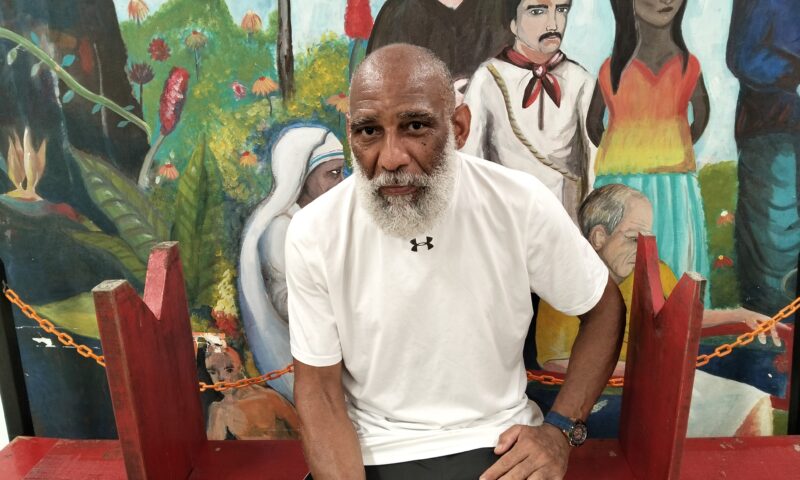
 StrandedNovember 25, 2025
StrandedNovember 25, 2025‘I’m Lost in This Country’: Non-Mexicans Living Undocumented After Deportation to Mexico
-

 Column - State of InequalityNovember 28, 2025
Column - State of InequalityNovember 28, 2025Santa Fe’s Plan for a Real Minimum Wage Offers Lessons for Costly California
-

 The SlickNovember 24, 2025
The SlickNovember 24, 2025California Endures Whipsaw Climate Extremes as Federal Support Withers

